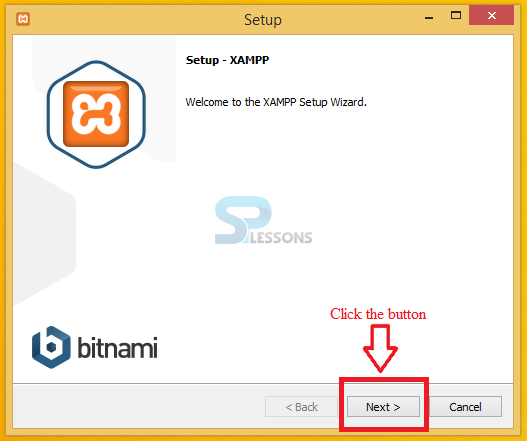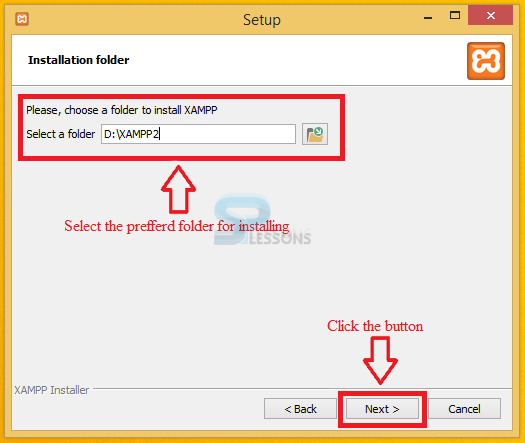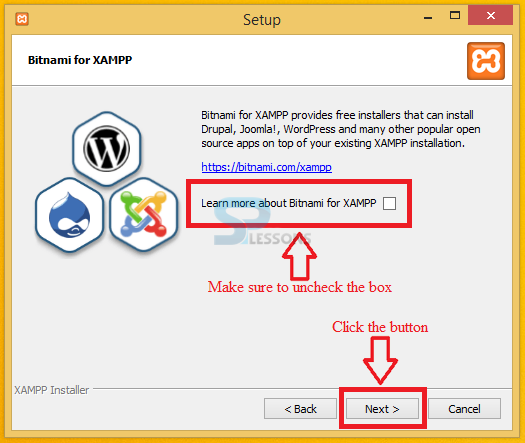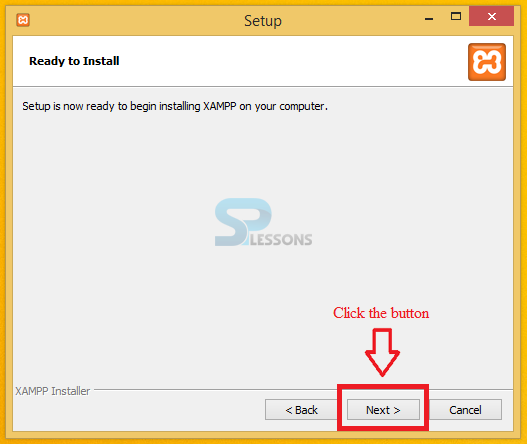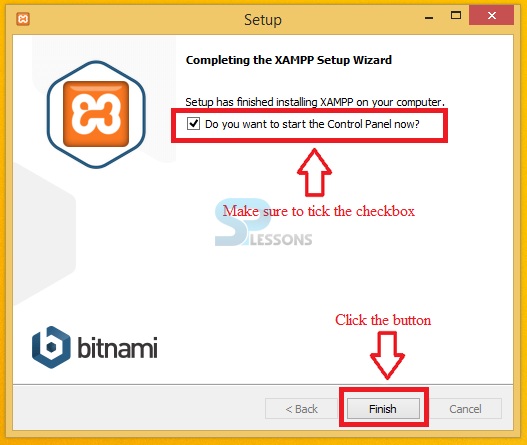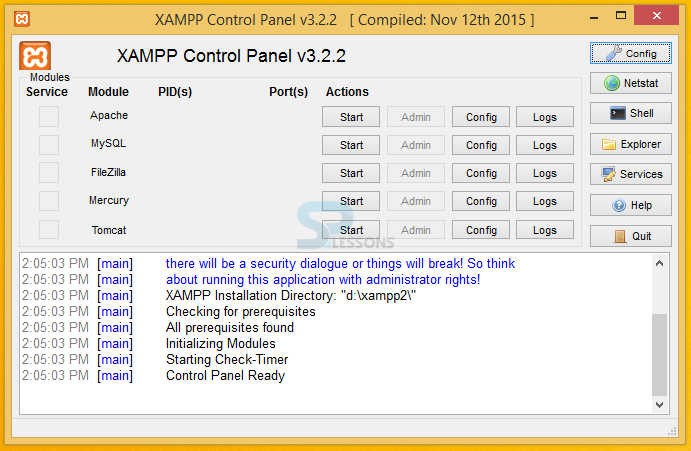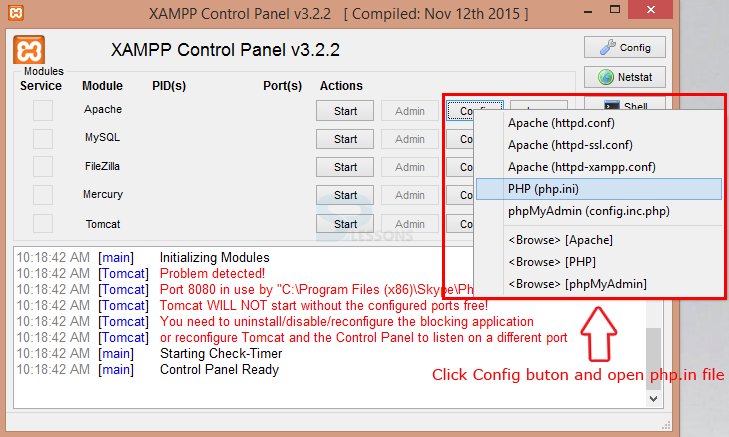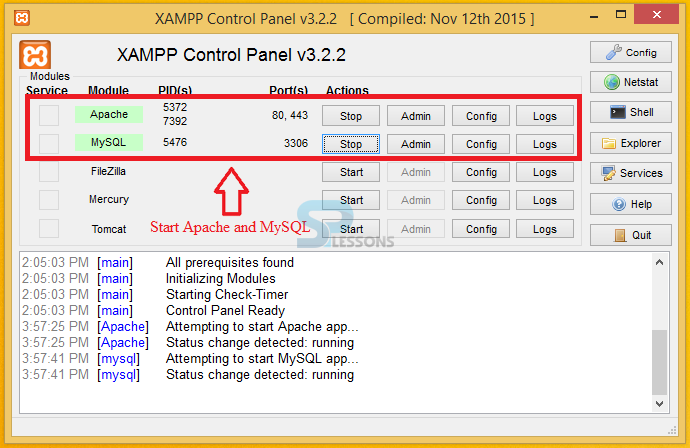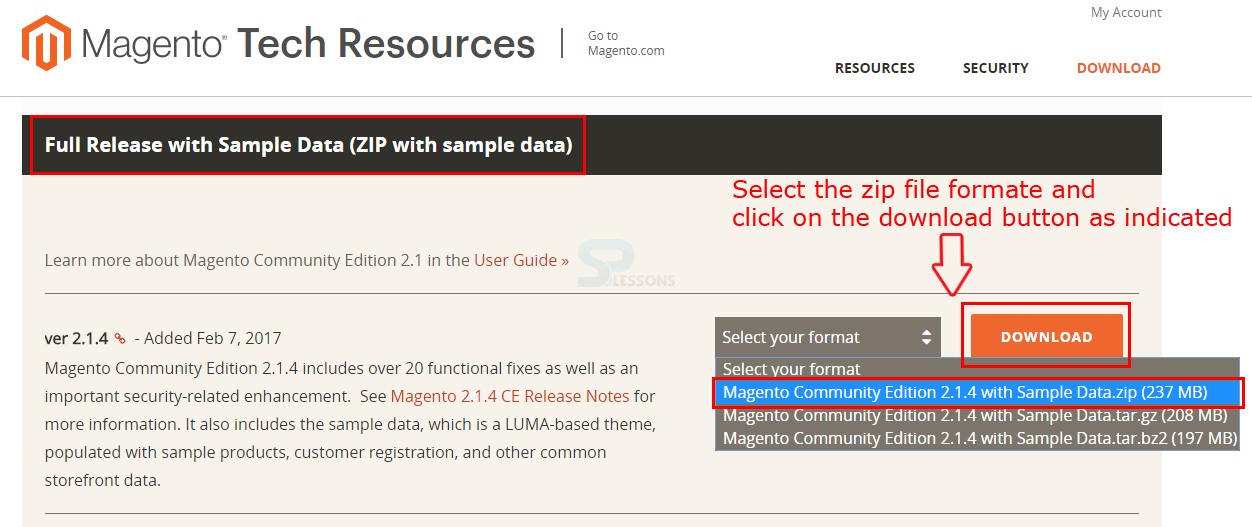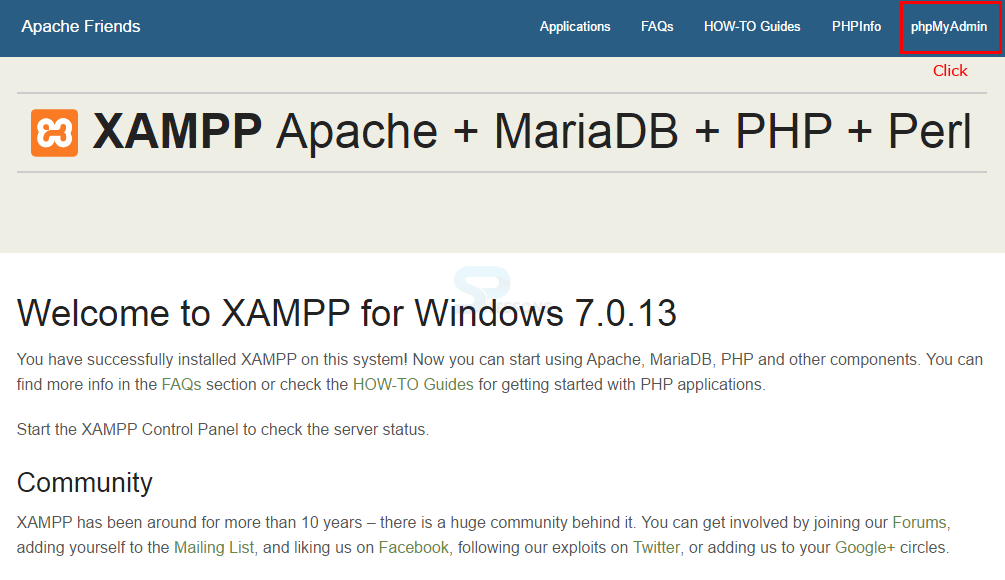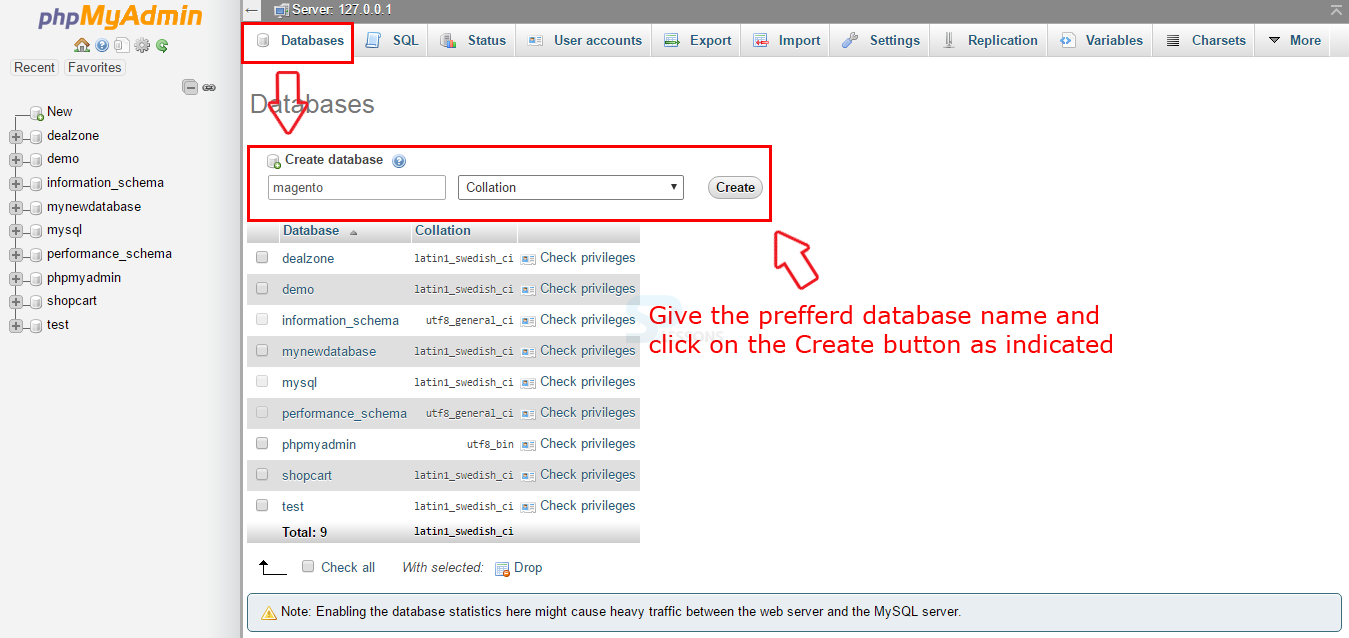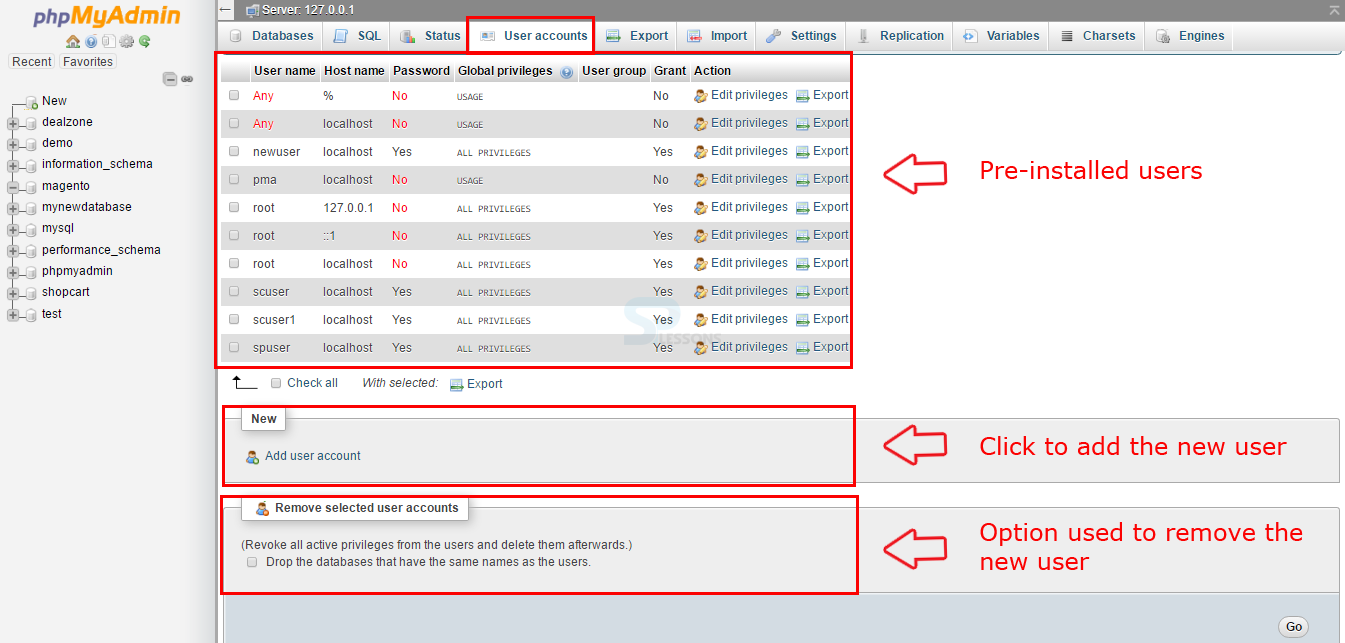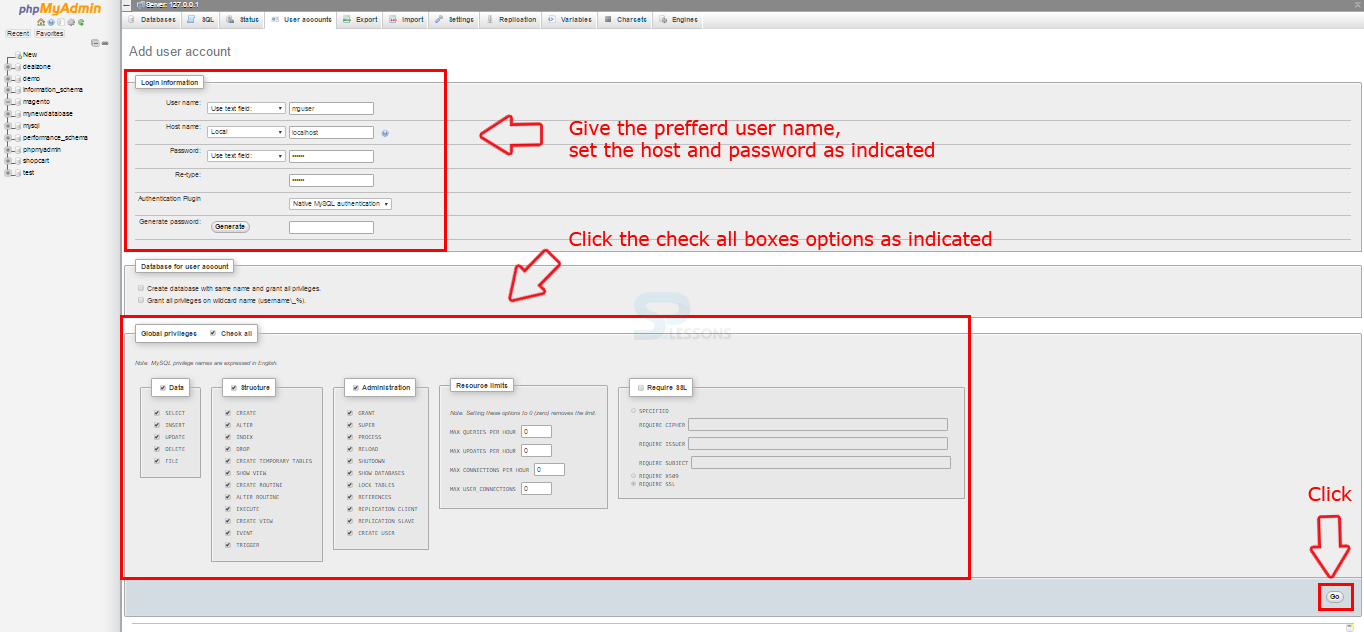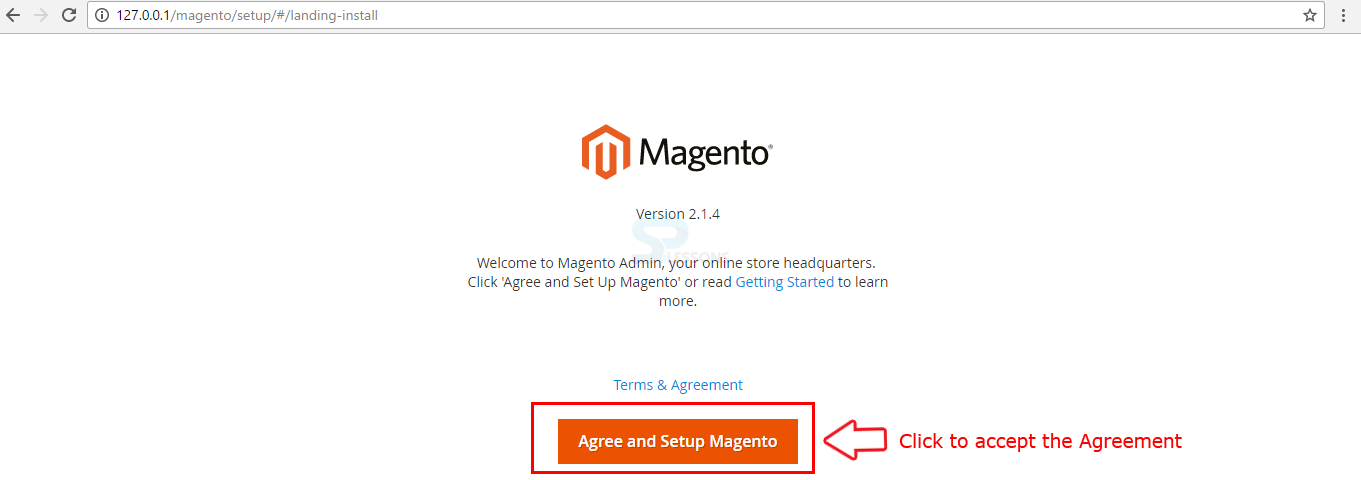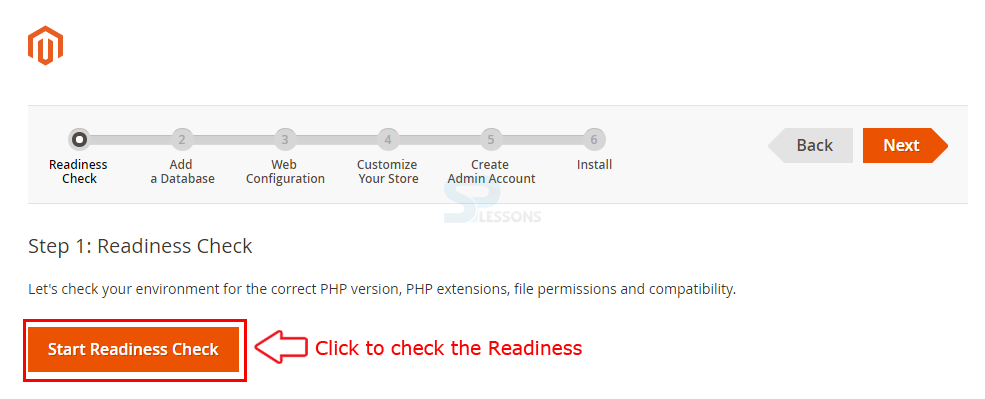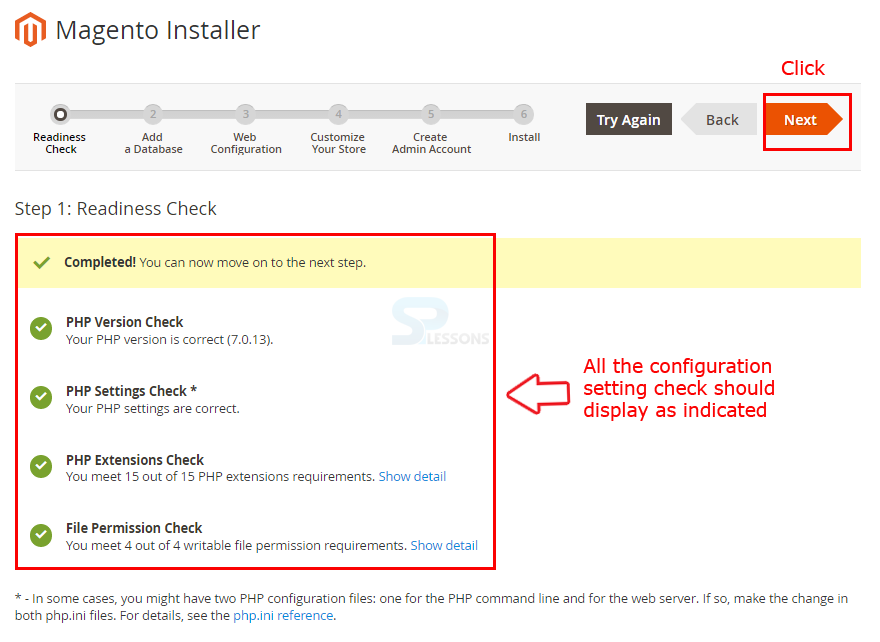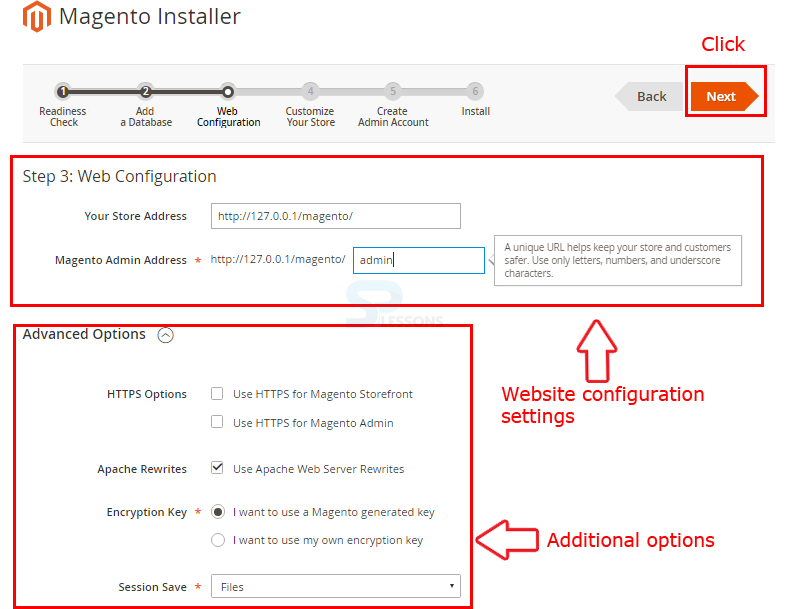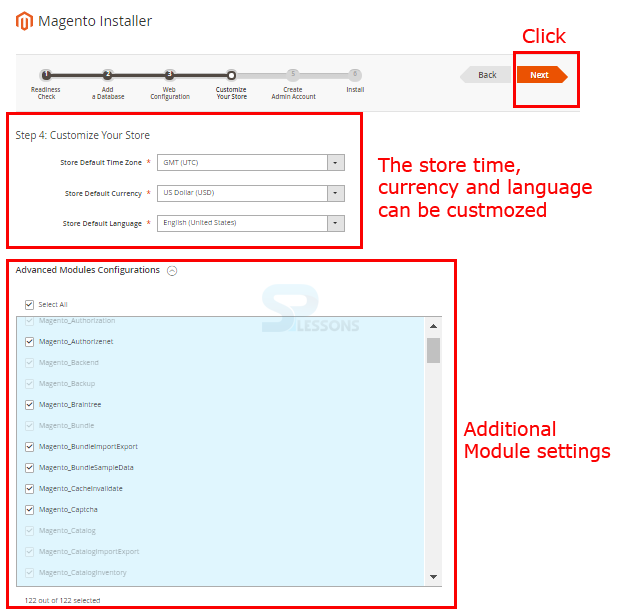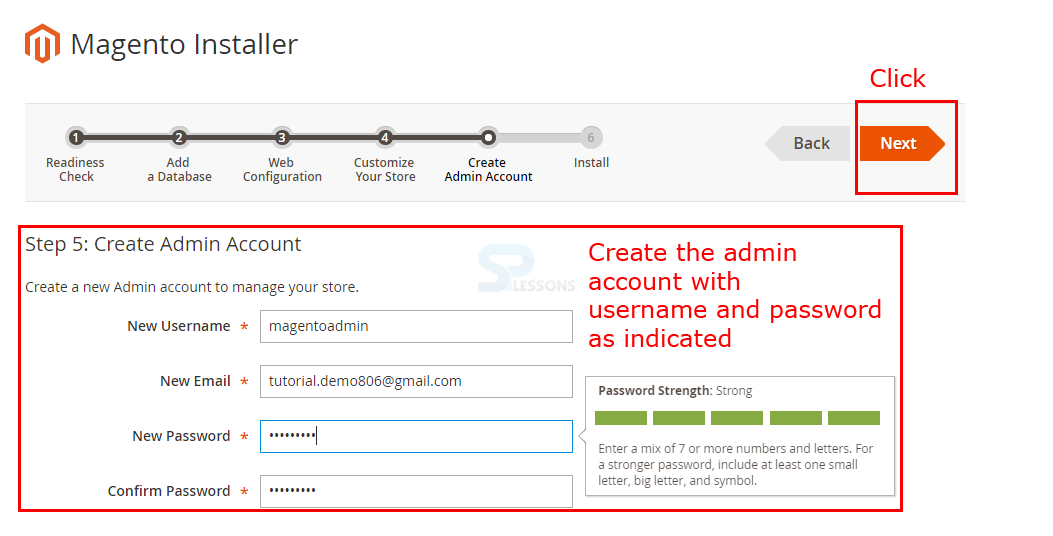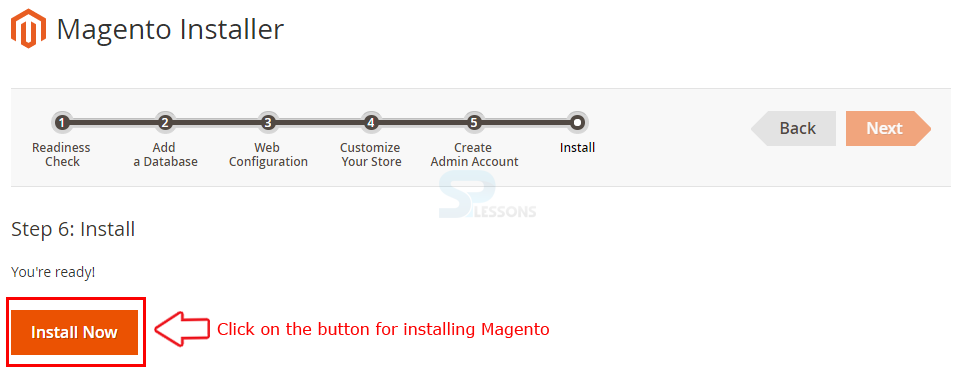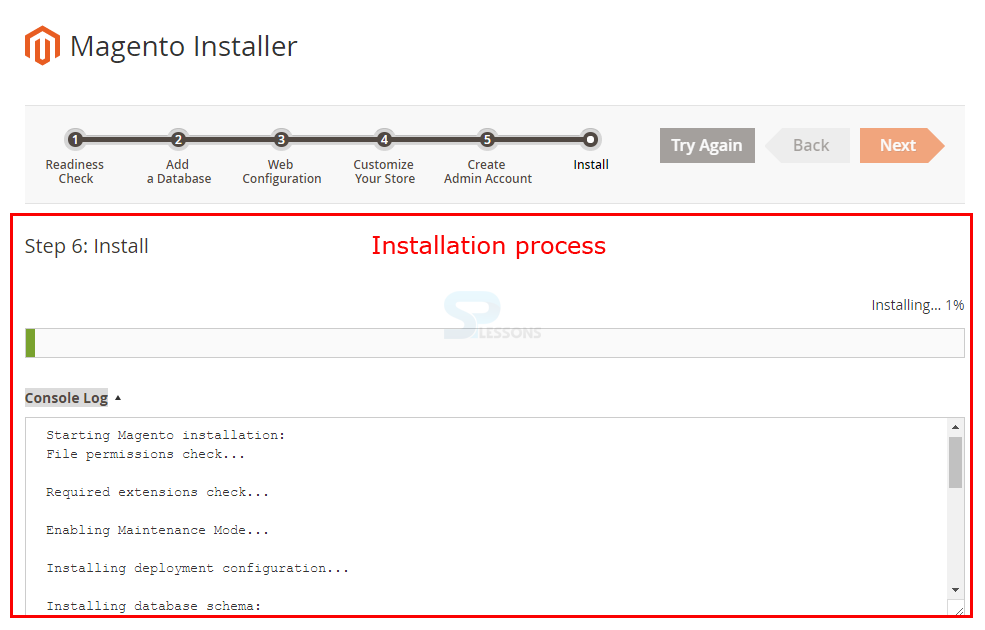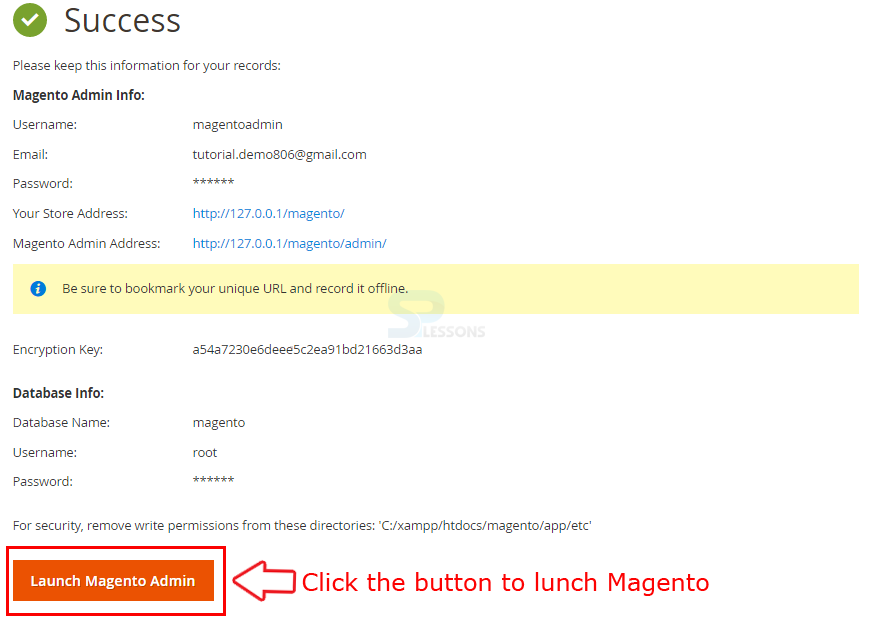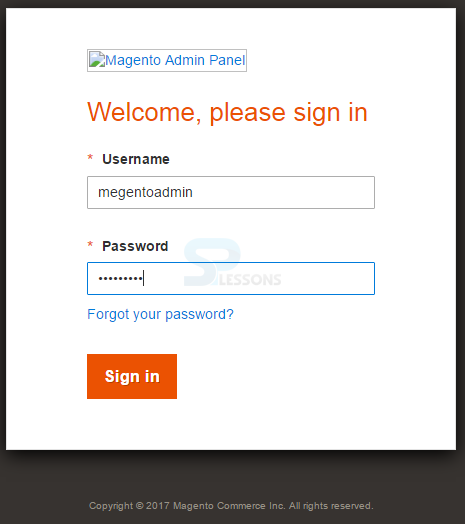 Introduction
Introduction
Now-a-days online business is getting huge, Magento is one of the best Ecommerce system based on open source technology, Magento isn’t the easiest platform when compared to other Ecommerce platforms but it is the best option for a user who are looking for a professional Ecommerce solution. Following are the major concepts covered in this chapter.
- System requirement
- Installing XAMPP and Magento locally
- Installing Magento
 Description
Description
The procedure of introducing Magento on PC is called as setting up a server environment or localhost. Usually, topic originators and module designers introduce Magento on a neighborhood server environment to accelerate their improvement process. A normal client can utilize the nearby server environment to test modules and/or roll out improvements to the site before making it live for audience. This chapter illustrates how to introduce Magento on your Windows PC utilizing XAMPP. Following are the main requirements for running Magento on Windows.
- Operating System Cross-platform
- Database MySQL 5.6 or greater PHP 5.6 or greater
- Web Server WAMP LAMP XAMPP MAMP
- Supported Browsers Chrome Firefox Internet explorer (IE 8+) Safari Opera
 Description
Description
XAMPP is a prominent web server utilized as a part of PHP advanced environment. Using XAMPP is not much difficult and Apache distribution containing PHP, MariaDB can be installed easily.
In order to install the XAMPP, download the PC software from Apache friends website.
Now, click the download button XAMPP for Windows as shown in the image below. After downloading, run the XAMPP installer with the default setting.
Follow the below steps for downloading and installing XAMPP on windows.
 Step 1
Step 1
 Step 2
Step 2
 Step 3
Step 3
 Step 4
Step 4
 Step 5
Step 5
 Step 6
Step 6
 Step 8
Step 8
 Step 9
Step 9
 Step 10
Step 10
Before starting Xampp, click on the “Config” button of “Apache” and open “php.in” file.
Now, turn on the extensions shown below by simply removing the “;” at the beginning of each line in order to enable the extensions.
[c]
;extension=php_curl.dll
;extension=php_mcrypt.dll
;extension=php_pdo_sqlite.dll
;extension=php_pdo_mysql.dll
;extension=php_soap.dll
;extension=php_intl.dll
;extension=php_xsl.dll
[/c]
 Step 11
Step 11
 Description
Description
Download latest Magento & sample data zip file from the official Magento website.
Select the preferred format from the drop down list and click on the Download button as indicated in the above image.
Extract the Magento zip file in the preferred folder and drag the entire folder into the XAMPP -> htdocs folder as shown in the image below.
 Description
Description
To setup the configuration for Magento, first create a database. The following steps explain the procedure for creating a database.
 Step 1
Step 1
 Step 2
Step 2
 Step 3
Step 3
To add a new user, go back to the phpMyAdmin page and click User accounts option present on the top of the page. A page containing some pre-installed users and some options for creating or removing the users will appear. Click the option Add user account.
A page containing some options like user name, password will appear. Give the preferred user name and password and click the check all box and click on Go button at the bottom as shown in the image below.
 Step 4
Step 4
 Description
Description
Now, open a new tab in browser and go to the following path
127.0.0.1/magento
The above path navigates to a setup wizard for Magento. The steps below demonstrate the procedure of Magento installation.
 Step 1
Step 1
 Step 2
Step 2
Now the page redirect and display the steps for installing Magento and the first step called as Readiness Check, click on the button Start Readiness Check for checking the correct PHP version, PHP extensions, file permissions and compatibility as shown in the image below.
Once Completing the Readiness Check the page should display the tick marks with green color as indicated in the image below, once done proceed by clicking Next button.
 Step 3
Step 3
 Step 4
Step 4
 Step 5
Step 5
 Step 6
Step 6
 Step 7
Step 7
 Step 8
Step 8
 Step 9
Step 9
 Key Points
Key Points
- Magento is not easy to work when compare to other platforms.
- XAMPP is a prominent web server utilized as a part of PHP advanced environment.
- One need to create a database in order to configure Magento.






